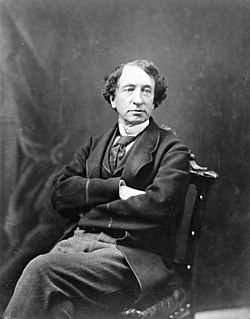This article includes a list of references, related reading, or external links, but its sources remain unclear because it lacks inline citations .(September 2024) |
3rd Canadian Ministry 3e conseil des ministres du Canada | |
|---|---|
| 3rd ministry of Canada | |
 | |
| Date formed | 17 October 1878 |
| Date dissolved | 6 June 1891 |
| People and organizations | |
| Monarch | Victoria |
| Governor General | Marquess of Dufferin Duke of Argyll Marquess of Lansdowne Earl of Derby |
| Prime Minister | John A. Macdonald |
| Member party | Conservative |
| Status in legislature | Majority |
| Opposition party | Liberal |
| Opposition leader |
|
| History | |
| Elections | 1878, 1882, 1887, 1891 |
| Legislature terms | |
| Incoming formation | 1878 Canadian federal election |
| Outgoing formation | Death of John A. MacDonald |
| Predecessor | 2nd Canadian Ministry |
| Successor | 4th Canadian Ministry |
The Third Canadian Ministry was the second cabinet chaired by Prime Minister John A. Macdonald. It governed Canada from 17 October 1878 to 6 June 1891, including the 4th, 5th, and 6th Canadian Parliaments, as well as the first three months of the 7th. The government was formed by the old Conservative Party of Canada. Macdonald was also Prime Minister in the First Canadian Ministry.
